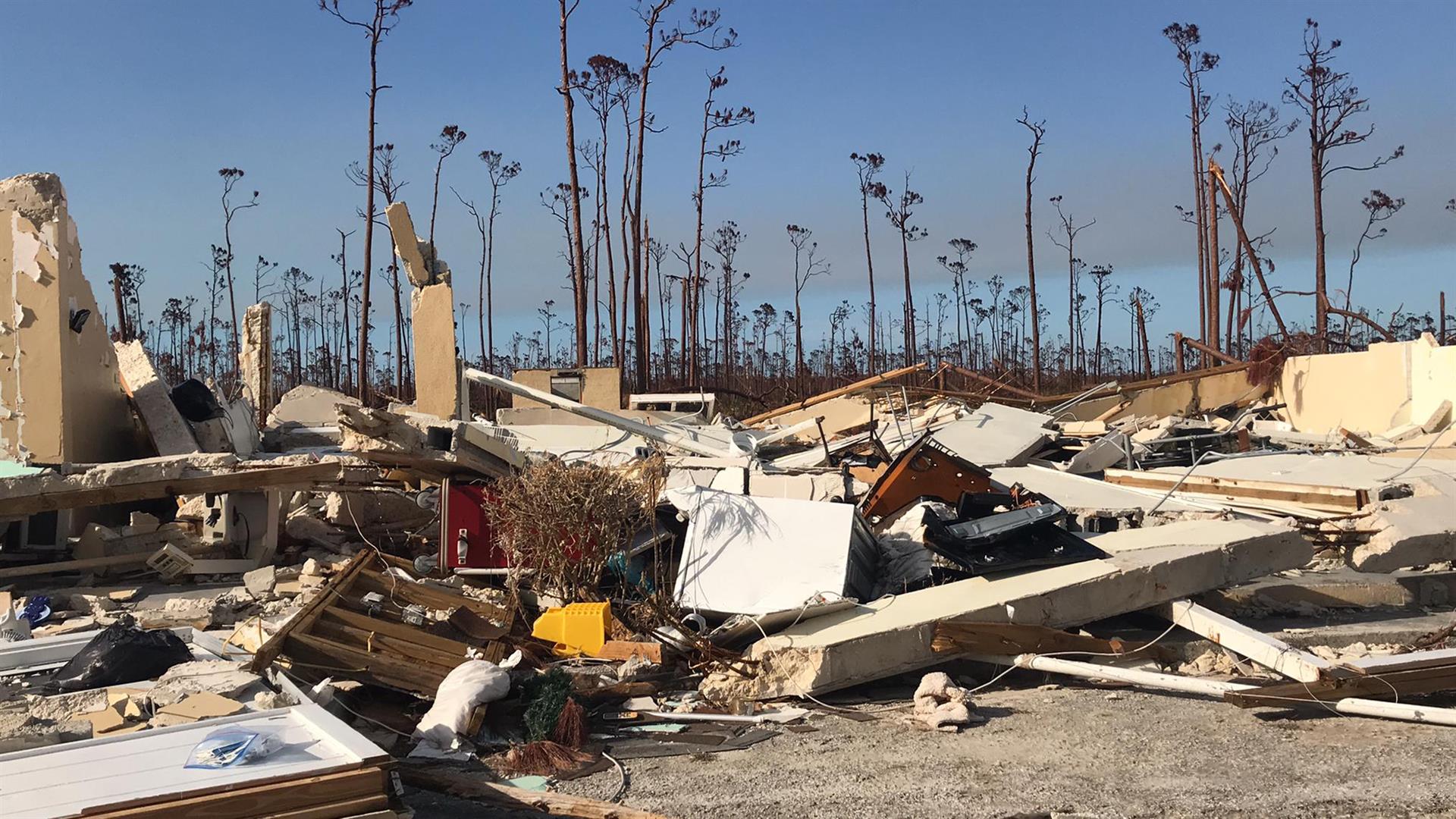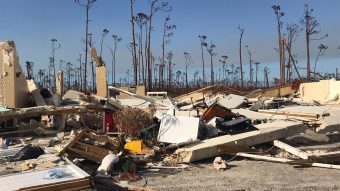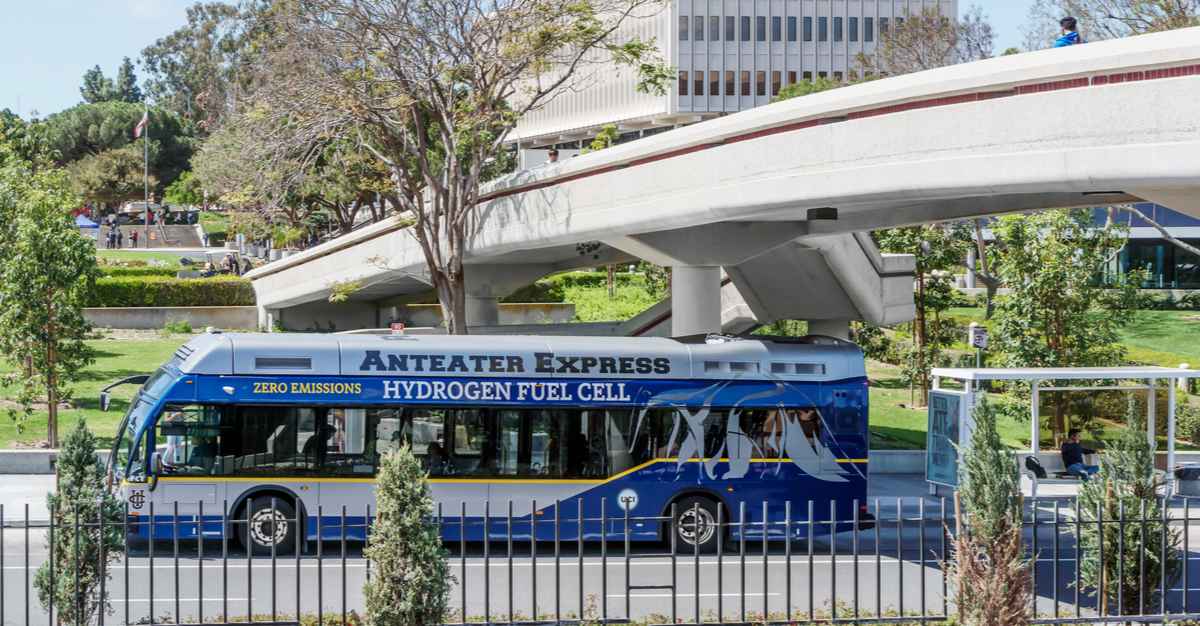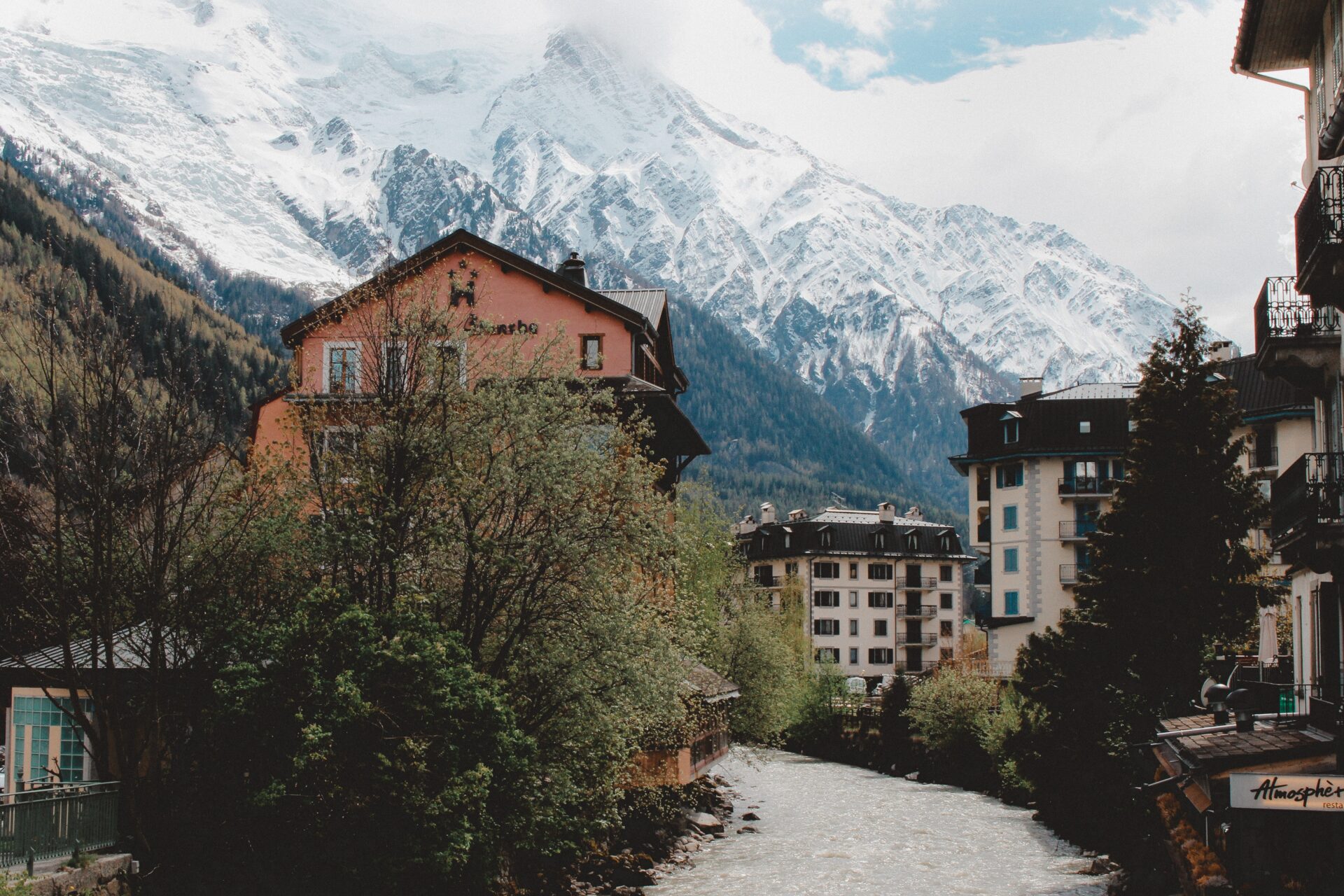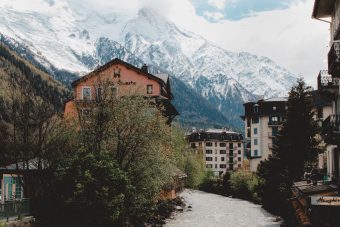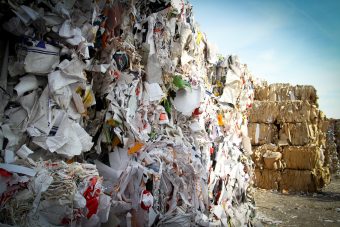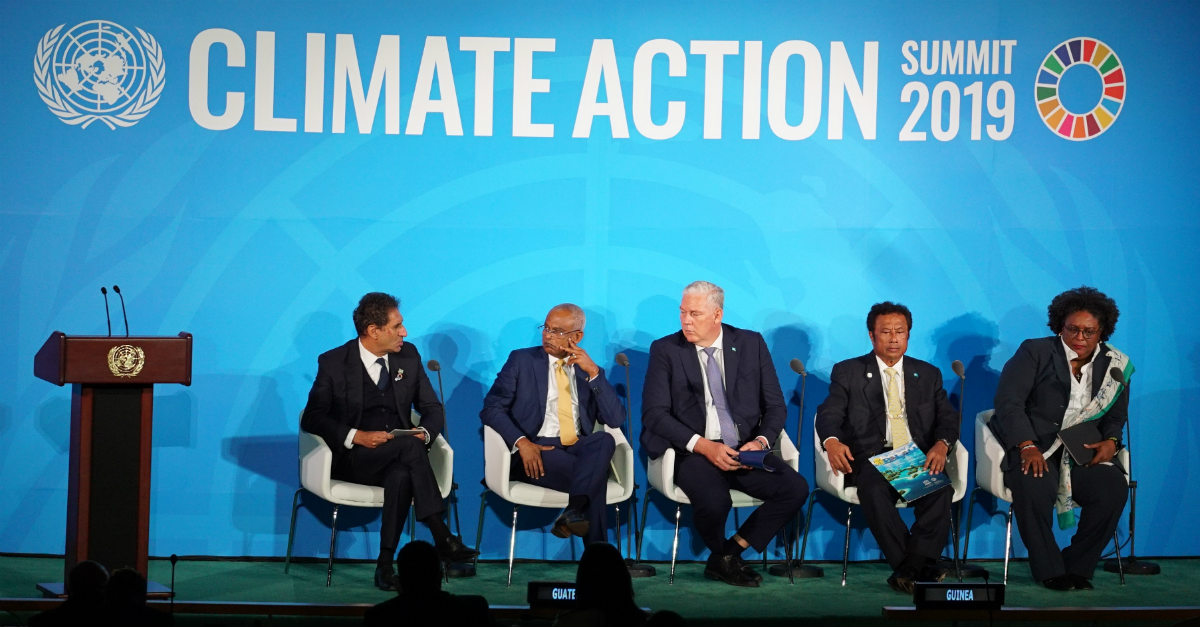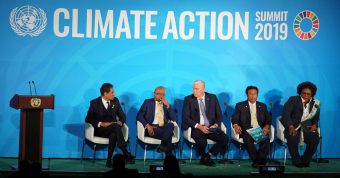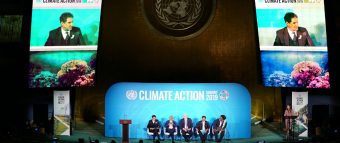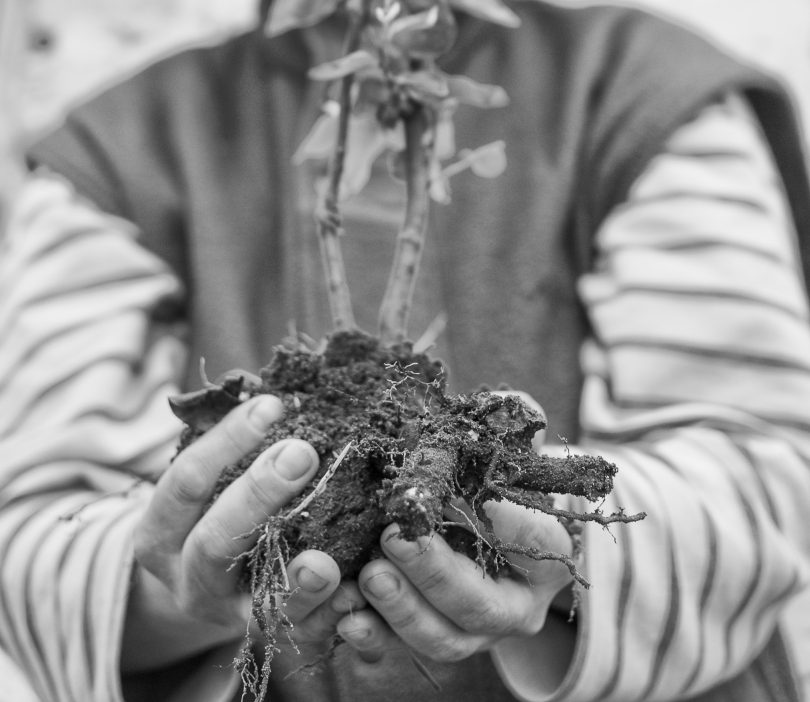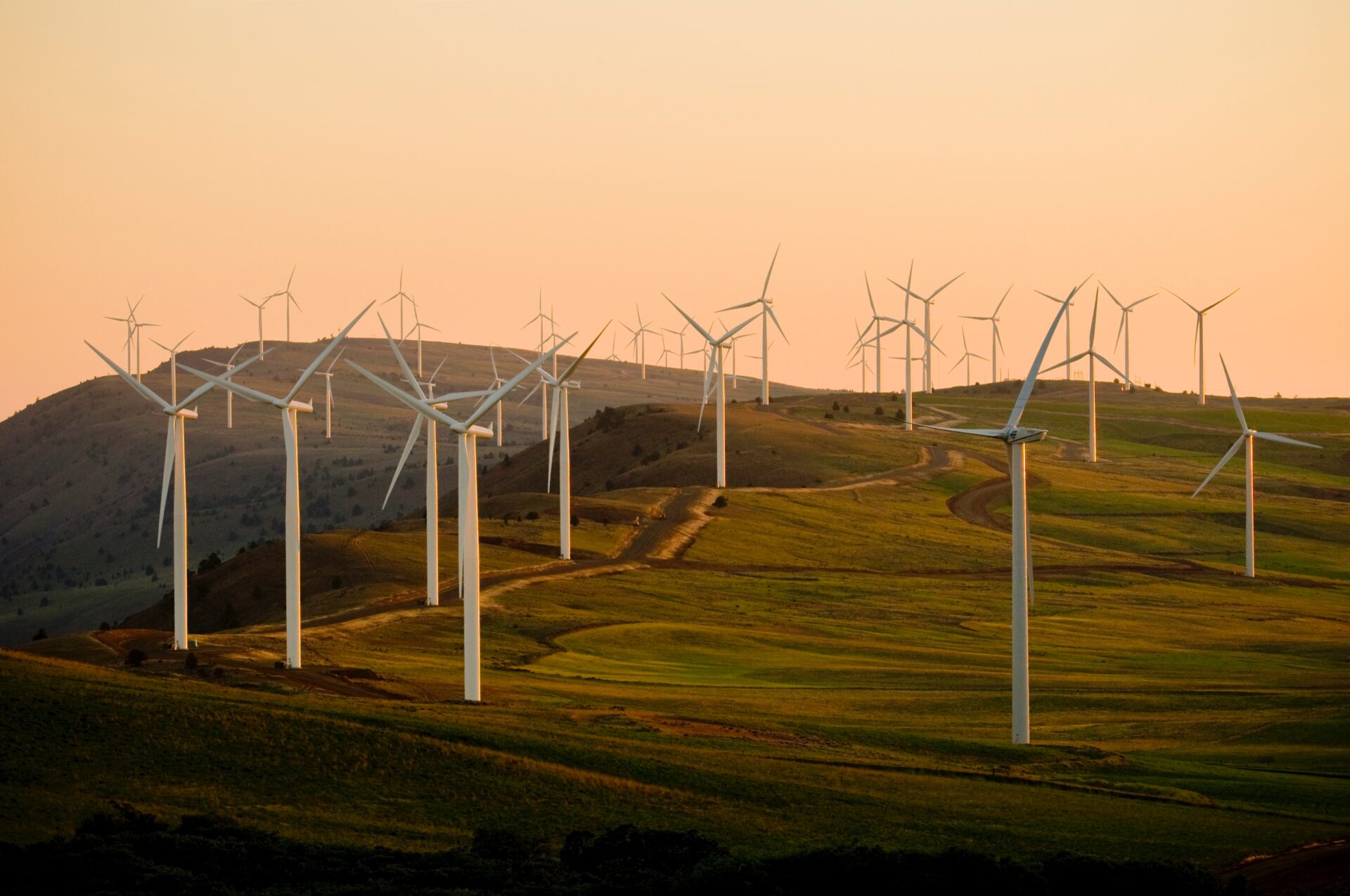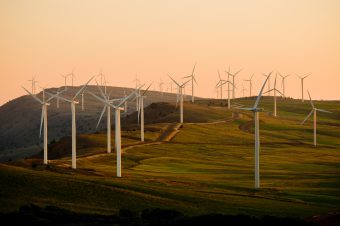Circular material use can minimise waste and resource extraction, improve resource efficiency, reduce greenhouse gas emissions, and contribute to conserving biodiversity. However, according to a European Environment Agency (EEA) report, published today, circular economy initiatives in Europe are still at an early stage and would benefit from more investments in upscaling promising innovations and in monitoring progress towards circularity.
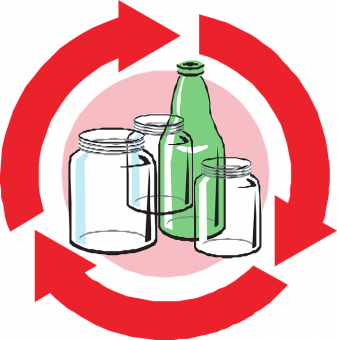
The EEA report ‘Paving the way for a circular economy: insights on status and potentials’ takes stock of the initiatives for creating a circular economy that reduce the use of natural resources and minimise harmful emissions and waste.
European companies are increasingly adopting circular business models, focused mainly on operational efficiency and reducing waste, according to the report. Shifting from product-based to service-based business models is another promising development. The biggest obstacles to greater uptake of such models appear to be corporate culture, market factors and system complexity.
EEA surveys indicate that 21 out of 32 responding EEA member countries already support circular economy initiatives. Countries use regulation and market-based instruments mainly for recycling, energy recovery and waste management, while eco-design, consumption and reuse are typically targeted with softer policy instruments such as information campaigns and labels.
The new report also notes that monitoring progress on circular economy needs further investment. Many relevant data — for example, on the production and consumption phase of product lifecycles — are not available in established information systems, including national statistics. The EEA report also points out that circular economy policies and initiatives require better integration with bio-economy and climate policies.
‘Circular economy in Europe: insights on progress and prospects’ is the fourth EEA report on the circular economy. The three previous reports were:
- The circular economy and the bio-economy — Partners in sustainability;
- Circular economy in Europe – Developing the knowledge base; and
- Circular by design – Products in the circular economy.
Source: EEA



